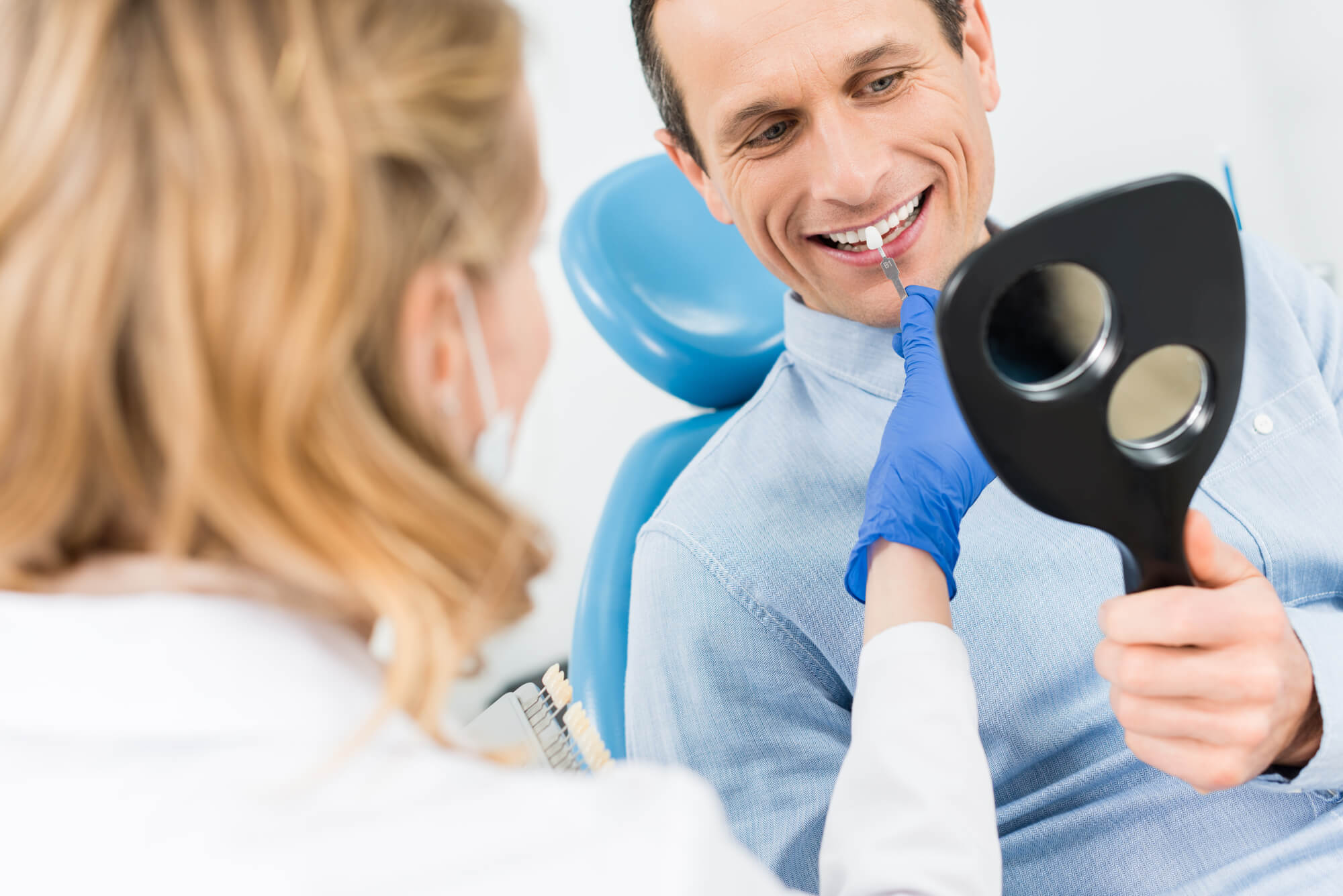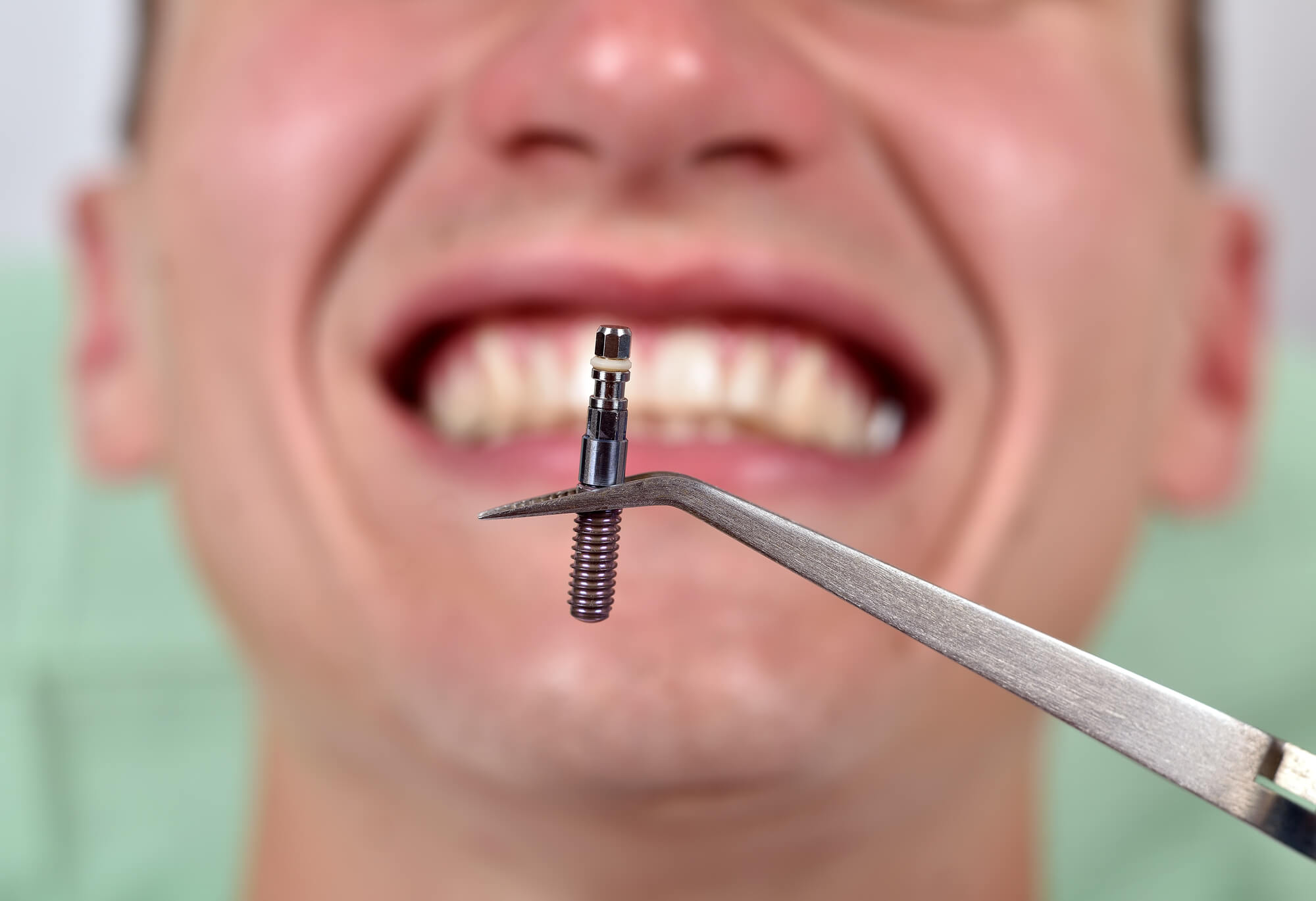3D printing, also known as additive manufacturing, is a fast-evolving technology with numerous uses in various industries, including dentistry. 3D printing is especially important in dental implants in Vero Beach because it allows for the precise production of bespoke prosthetic components and surgical guidance.
This article will outline the advantages, disadvantages, and probable future of 3D printing in dental implant surgery. Reach out to our Vero Beach, FL, dental office at (772) 778-5550 to learn more about dental implants and the use of 3D printing.

Introduction to Dental Implant Surgery
Dental implant surgery is a revolutionary procedure that replaces tooth roots with metal, screw-like posts and artificial teeth that look and function like natural teeth. This surgery is often a preferred choice when traditional options like dentures or bridgework do not fit well, or when there aren’t enough natural teeth roots to support these alternatives. The type of dental implant and the condition of the jawbone are critical factors that guide how the surgery is performed, which may involve several procedures. One of the major benefits of dental implants is the solid support they provide for new teeth, a process that requires the bone to heal tightly around the implant, ensuring stability and functionality.
Limitations of Traditional Manufacturing Methods – Dr. Royal Explains
Traditional manufacturing methods, such as subtractive manufacturing and injection molding, come with several limitations. These methods can be time-consuming and expensive, often leading to significant material waste. Subtractive manufacturing involves cutting away material from a solid block, which not only wastes material but also requires extensive labor and machinery. Injection molding, while useful for mass production, demands a large number of expensive machines and incurs high labor costs. Additionally, these traditional manufacturing processes are not well-suited for producing complex geometries or customized products, making them less efficient for dental implant procedures that require precision and personalization.
Implant Placement Planning and Design
One of the key applications of 3D printing in dental implant surgery is implant placement planning and design. This additive manufacturing technology enables the construction of a digital model of the patient’s oral cavity, which can be used to design the optimal placement of dental implants. This enables more accurate and efficient implant placement during surgery.
Creating Surgical Guides
Creating surgical guides is another application of 3D printing in dental implant surgery in Vero Beach, FL. Modern 3D printing technology can produce complex geometries, which is a significant advantage in creating precise surgical guides. These guides are intended to fit over the patient’s teeth and direct the dental implant drill to the proper area for implant insertion. The surgical guides are made with a 3D printer and are tailored to the patient’s anatomy.
Implant Prosthetic Components
In addition to surgical guidance, 3D printing technology can create dental implant prosthetic components. The use of multiple materials in 3D printing enhances the customization and functionality of these components. The abutment joins the implant to the crown or bridge, and the crown or bridge itself is included. Creating these components using 3D printing allows for increased customization and precision, resulting in a better fit and improved overall clinical outcomes.
The 3D Printing Process
3D printing, also known as additive manufacturing, is a groundbreaking technology that has revolutionized the manufacturing landscape. This process involves depositing, joining, or solidifying material under computer control, typically layer by layer. Unlike traditional manufacturing methods, 3D printing can produce complex shapes or geometries that would be difficult to construct by hand. Moreover, it significantly reduces material waste by creating hollow parts or parts with internal truss structures, making it an efficient and sustainable option for dental implant procedures.
Step 1: Design and Planning
The first step in the 3D printing process is design and planning. This involves creating a digital model of the product using computer-aided design (CAD) software. The design must consider the material properties, the desired shape and structure, and the intended use of the product. Once the design is finalized, it is sliced into layers, and the printing process is meticulously planned to ensure precision and accuracy.

Step 2: 3D Printing the Implant
The second step is 3D printing the implant. This involves depositing the material, layer by layer, according to the design specifications. The materials used can range from plastic and metal to ceramic, each fused together using heat, pressure, or light. Depending on the complexity of the design and the size of the product, the printing process can take several hours or even days, but the result is a highly customized and precise dental implant.
Step 3: Post-Printing Processing
The final step is post-printing processing. This involves carefully removing the product from the printer, cleaning it, and applying any necessary finishes to achieve the desired appearance and functionality. Additional processing, such as machining or assembly, may be required to ensure the implant meets all specifications and is ready for use in dental implant procedures. This step ensures that the final product is not only functional but also aesthetically pleasing, providing patients with dental implants that look and feel like natural teeth.
3D Printing’s Benefits in Dental Implant Surgery
3D printing in dental implant surgery has numerous advantages over older approaches. Rapid prototyping is a significant advantage of 3D printing, allowing for quick design, manufacturing, and testing of customized parts. Improved accuracy and precision are two of the most significant benefits. Dentists in Vero Beach, FL, may plan and execute implant placement with higher accuracy by building a digital model of the patient’s oral cavity, resulting in a better fit and improved clinical outcome.
Reduced Surgical Time
Reduced surgical time is another advantage of 3D printing in dental implant surgery. Using surgical guides and prefabricated prosthetic components allow for more efficient surgery, saving both the patient and the dental professional time.
Enhance Patient Comfort
Patients benefit from 3D printing in dental implant surgery as well. 3D printing technology’s customization and precision enhance patient comfort and lower the risk of problems. Patients should expect more natural-looking prosthetic components and a better fit.
Save Costs
Finally, 3D printing in dental implant surgery can save costs. As an additive manufacturing technology, 3D printing has become more accessible, allowing a wider audience, including educational institutions, hobbyists, and small businesses, to benefit from its cost-saving advantages. The capacity to customize and manufacture prosthetic components in-house lowers the need for outsourcing, which saves money for both the patient and the dental practice.
3D Printing’s Difficulties and Limits in Dental Implant Procedures
Despite the numerous advantages of 3D printing in dental implant surgery, there are some obstacles and restrictions to be aware of. One of the most significant issues is a lack of access to 3D printing equipment. The expensive 3D printing equipment and materials may prevent certain dental clinics from utilizing this technology.
Another issue is the requirement for specialized training and competence. 3D printing technology for dental implant surgery necessitates particular expertise and training. Dentists and workers may require additional education and training to use this technology properly.
Notwithstanding these obstacles, the future of 3D printing in dental implant surgery looks bright. Improvements in 3D printing technology are expected to increase availability and lower costs, allowing more dental clinics to use this technology. Dentists and dental workers should expect even greater benefits in terms of accuracy, precision, and clinical results as 3D printing technology improves.

Do You Want to Learn More About Dental Implants in Vero Beach?
If you have questions regarding dental implants and their uses, our team is ready and waiting to answer all your questions. Here at Vero Dental Spa, we’re not only dedicated to providing our clients with the best dental solutions available, but we also offer complimentary consultations. Reach out to our Vero Beach, FL, dentist to learn more about the dental services we offer by calling (772) 778-5550. We also proudly serve patients coming from Sebastian, Fort Pierce, Stuart, and the surrounding areas.
